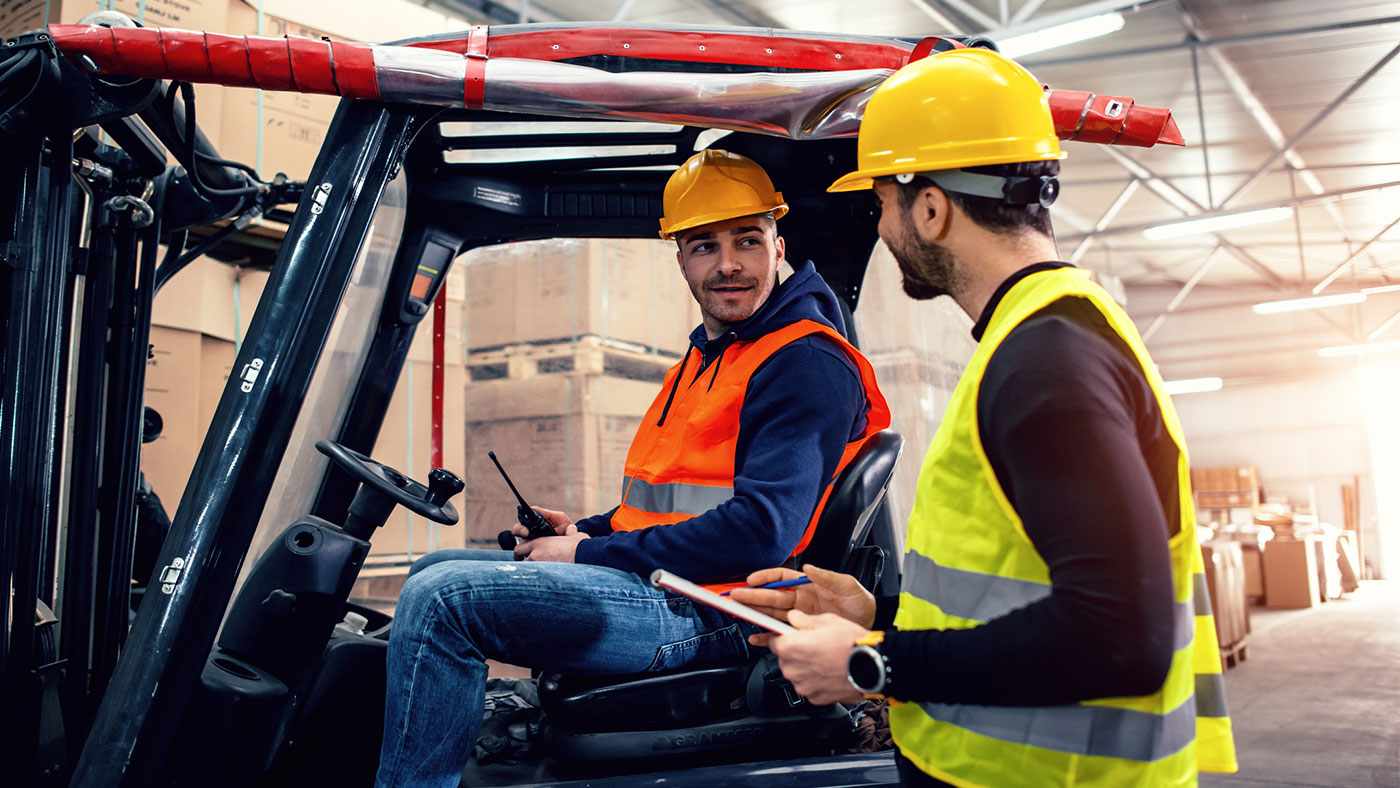Safety guarding: what you can do to prevent injuries from machinery
Poorly-guarded machines are one of the leading causes of death and serious injury in NSW’s manufacturing sector. Find out what you can do to protect your workers and workplace.

Dangerous machinery and equipment in the workplace
The manufacturing industry relies on a lot of heavy machinery to get the job done.
This means your employees are exposed to risk when they handle machinery like can include lifts, cranes, computers, machinery, conveyors, forklifts, vehicles, power tools, quad bikes, mobile plant and amusement devices and more.
Severe injuries can result from the unsafe use of machinery, including:
- wounds or amputation of limbs
- being crushed, such as in a quad bike rollover
- fractures from falls while accessing, operating or maintaining machinery
- electric shock from plant that is not adequately protected or isolated
- burns or scalds due to contact with hot surfaces, or exposure to flames or hot fluids, and
- hearing loss in the case of noisy machines.
Evaluating the risks
Employers have a duty to identify and eliminate risks arising from plant and machinery in the workplace, or if that is not reasonably practicable, to minimise the risks so far as is reasonably practicable. If you fail to do this, you risk breaching work health and safety (WHS) legislation.
If your workplace uses any machinery, you should consider the risks and whether you have sufficient safety guarding in place to maintain a safe work environment.
Talk with your workers about what hazards they have identified and ways to eliminate risks. Consulting with workers may help you find additional options to control risks.
Read more about the steps you can take in the NSW Code of Practice: Managing the Risks of Plant in the Workplace (PDF, 2MB).
Protecting workers with safety guarding
If you have dangerous machinery in the workplace, safety guarding can be installed to help keep people operating the machinery safely. This can consist of a shield or device covering hazardous areas of a machine to prevent contact with body parts or to control hazards like chips or sparks coming from the machine.
For worker safety, all machine guarding must be solidly constructed, securely mounted, and able to resist impact or shock while the machine is operating. Watch this video on how to use machine guarding.
All workers should be provided with adequate information, instruction and training about safety guarding in place. Ensure your workers understand how the guarding keeps them and their colleagues safe, what to look for if the guarding becomes damaged and how to stop machinery operation if the guarding is compromised.
You should also consider the culture of safety in your workplace, as well as the physical safety guards put in place around the machinery. What people do or don’t do can be just as dangerous as the machinery itself – sometimes more.

